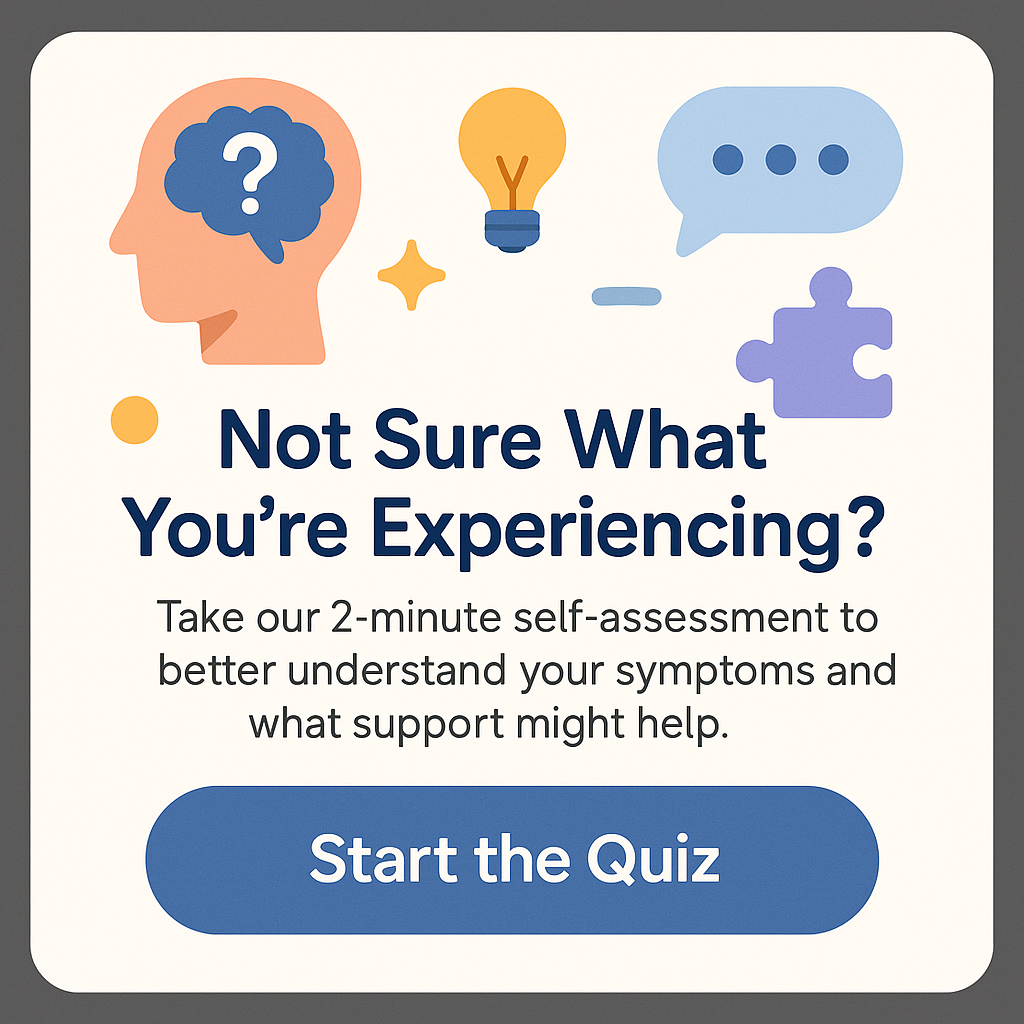What is Level 1 Autism? Understanding the Nuances and Support
What is level 1 autism? It’s often a term that raises questions, particularly for those who are just beginning to understand autism spectrum disorder (ASD). Level 1 autism, formerly known as Asperger’s Syndrome, represents a specific set of characteristics that highlight the complexity of human behavior and cognition. People on the autism spectrum experience a wide range of abilities and challenges, and understanding these nuances can help us foster a more inclusive environment. Whether you’re a parent, teacher, or someone seeking clarity, diving into the world of level 1 autism can shed light on how to better support individuals with this diagnosis.
What Does Level 1 Autism Entail?
When discussing what is level 1 autism, it’s essential to grasp what it means in the context of the autism spectrum. The DSM-5 (Diagnostic and Statistical Manual of Mental Disorders, 5th Edition) classifies autism into three levels, based on the support required. Level 1 autism indicates a need for some support, but many individuals at this level can navigate their daily lives with relative independence.
Individuals categorized under level 1 autism may have average to above-average intelligence, yet they may struggle in social situations or face challenges with communication. Socially, they might find it awkward to initiate conversations, recognize non-verbal cues, or understand the nuances of social interactions. For instance, they may not pick up on sarcasm or may take comments too literally. This can lead to misunderstandings or feelings of isolation.
Communication difficulties vary extensively, and someone with level 1 autism might excel in a specific subject—like math or music—yet struggle to express their thoughts or feelings verbally. Additionally, they often have restricted interests. Passion for specific topics can dominate their conversations, making it difficult to engage in broader discussions.
The true challenge for those with level 1 autism lies in their daily functioning. They may perform well academically yet struggle with organization skills, understanding routines, or handling changes in plans. Activating support systems at home and school can ensure they have the tools necessary to thrive. With structure and understanding, individuals with level 1 autism can often lead fulfilling lives.
Characteristics of Level 1 Autism
Understanding the characteristics of level 1 autism can provide insight into how to address its challenges. Some notable traits include:
- Social Communication Challenges: Individuals may have difficulty engaging in typical back-and-forth conversations and might not easily understand social cues.
- Behavioral Routines: Many individuals display a strong preference for routines and can struggle when these routines are disrupted.
- Intense Focus: People with level 1 autism often demonstrate intense focus on specific interests, leading to exceptional expertise in those areas.
- Difficulty with Change: Any alterations to their environment or daily routine can lead to considerable anxiety.
- Emotional Understanding: Recognizing and interpreting their own and others’ emotions may be particularly challenging.
While these characteristics align with level 1 autism, it’s imperative to remember that every individual is unique. Thus, their traits may manifest differently, complicating a one-size-fits-all definition of the diagnosis.
Common Myths and Misunderstandings
Among the myriad questions surrounding what is level 1 autism, several myths persist. One prevalent myth is that individuals with level 1 autism lack emotions or empathy. In reality, many people on the spectrum experience deep emotions; they may simply have different ways of expressing them.
Another common misconception is that all individuals with autism are alike. Autism is often referred to as a spectrum because of the diverse ways it presents. Level 1 autism is just one slice of the larger puzzle, with varied abilities, interests, and challenges.
Myth: People with Level 1 Autism Don’t Want Friends
Contrary to this belief, many individuals desire friendships and social connections but struggle to establish them. Providing support in social skills development can significantly benefit their ability to form relationships.
Myth: All Individuals with Autism Are Savants
This stereotype, popularized by media portrayals, can lead others to underestimate or mischaracterize individuals with level 1 autism. While some possess exceptional skills, others may not have such talents but still contribute productively in their unique ways.
Supporting Individuals with Level 1 Autism
Understanding what is level 1 autism also means recognizing how to support those on the spectrum effectively. Here are some strategies:
- Be Patient: Engaging in conversation or activities might take longer for individuals with level 1 autism. Practicing patient listening can encourage communication.
- Encourage Interests: Supporting their passions can build confidence and provide opportunities for socialization. For example, if a child loves dinosaurs, organizing a group visit to a museum can facilitate connection.
- Teach Social Skills: Social stories and role-playing can be effective tools for helping individuals practice conversation and manage social interactions.
- Structure and Routine: Providing a predictable routine can alleviate anxiety connected to unexpected changes. Visual schedules can be very helpful.
- Seek Professional Guidance: Therapy can be beneficial. Behavioral therapists or occupational therapists can provide tailored strategies that fit individual needs.
By focusing on these strategies, we can create a more supportive environment for individuals with level 1 autism, empowering them to thrive and shine in their unique light.
Real-life Experiences
To understand what is level 1 autism better, let’s look at some real-life experiences that highlight how individuals and families navigate these challenges. Consider Jason, a high school student with level 1 autism. Jason is incredibly passionate about coding and has even created his own video games. However, he faced severe anxiety around group projects in school due to his difficulty with social communication.
With the help of a supportive teacher who understood Jason’s needs, accommodations were made to allow him to work independently while still contributing to group work. This support not only helped him succeed academically but also built his confidence.
Similarly, Sarah, a 10-year-old girl, struggles to make friends at school. She longs to connect with her peers but often finds herself overwhelmed during recess. Her parents noticed her passion for art and enrolled her in an art club. Through this club, she found a welcoming space to express herself creatively, leading to friendships with children who shared similar interests.
In both cases, the importance of understanding what is level 1 autism and tailoring support to each individual’s unique needs became vital in fostering connection and success.
Conclusion
In exploring what is level 1 autism, we’ve unraveled not just the definition but the hopes, challenges, and strategies that accompany this diagnosis. Level 1 autism may signify a need for some support, but individuals with this diagnosis possess unique strengths and capabilities that, when nurtured, can lead to a fulfilling life. By fostering understanding, advocating for appropriate resources, and creating supportive environments, we can empower those on the spectrum to embrace their uniqueness. The stories shared here remind us that every individual has potential waiting to be unlocked, making awareness and understanding essential in today’s society.
FAQs
1. What is level 1 autism?
Level 1 autism is classified as a type of autism spectrum disorder where individuals require some support. They typically have average or above-average intelligence yet may struggle with social communication and behavior.
2. How does level 1 autism differ from other levels of autism?
Level 1 autism indicates a lower level of support need compared to level 2 or 3 autism. Individuals may manage daily tasks but still face challenges in social situations and communication.
3. Can individuals with level 1 autism lead independent lives?
Yes, many individuals with level 1 autism can lead independent lives with the right support, tools, and strategies in place. They may need assistance in social skills and organization.
4. What are effective strategies to support a child with level 1 autism?
Effective strategies include creating structured routines, encouraging special interests, facilitating social skills development, and being patient and understanding.
5. How can schools support students with level 1 autism?
Schools can support these students by implementing individualized education plans (IEPs), offering social skills training, and providing a supportive learning environment tailored to their needs.
Navigating BC Autism Funding: A Comprehensive Guide
How Much Does an Autism Diagnosis Cost in Canada?
How to Get Autism Diagnosis Ontario Adults – A Comprehensive Guide







